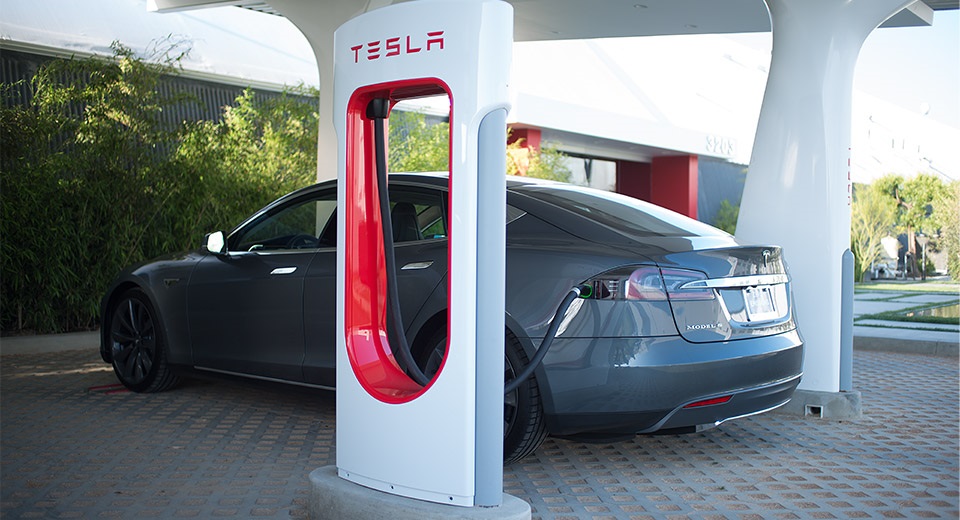
Among the several issues which hinder electric cars becoming more popular, one is the battery capacity, another one is the battery charging problem.
In US currently there are three major charging standards. The first one is called CHAdeMO. Its full name is CHAdeMO – JEVS (Japan Electric Vehicle Standard) G105-1993. Several major automakers have implemented and used this standard, for example you can see this on the Nissan LEAF.
The second one is called “SAE J1772 Combo”, which is used by GM and BMW.
The third standard is implemented by Tesla, the one used in Tesla’s Supercharger. Currently the Model S is the only vehicle that supports this charging standard.
Originally Tesla want to promote its Supercharger in the Chinese market, and as of today it has build 7 supercharging station in China. But obviously this leads to enormously pressure, since China already has its own electric car charing standard. It is impossible fo a major country in the world to change its already-publically-accepted standard, just because a foreign country want to do business in it.
Yesterday, Tesla’s global VP Bixuan Wu, told media that the company has decided to switch to the national standard for vehicles sold in Chinese market, after the China electric car DC charging standard is fully implemented. Tesla said the reason why it does not accept the standard, is because although the hardware standard is completed, the socket communication protocol parameters are not final at this moment. But Yongdong Liu, secretary general of the Chinese electric vehicle charging standard committee, holds opposite views against Tesla. He said, the standard are fully implemented, and subsequent revisions are very minimal, just like what other countries’ standards do. All other automakers have no problem using this standard, it is strange that Tesla is so special to be an exception.
By using the China national standard, it is actually good for Tesla. By adapting the national standard, Tesla can utilize Chinese government’s power to extend its charging network, which will significantly boost its sales.
Of course there will be downsides too. For example, by using the national standard, the charging speed of the Tesla Model S will be much slower than using Tesla’s proprietary Supercharger. And because of the significantly slower charging speed, some users may never have chances to utilize the full battery capacity of their Tesla cars.




Recent Comments